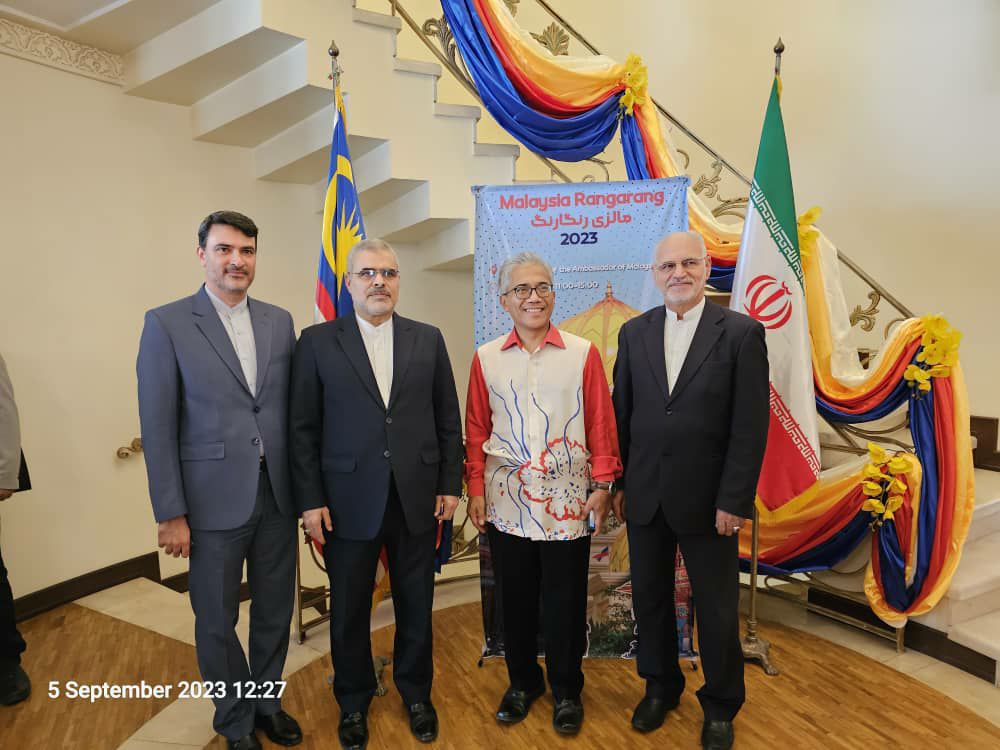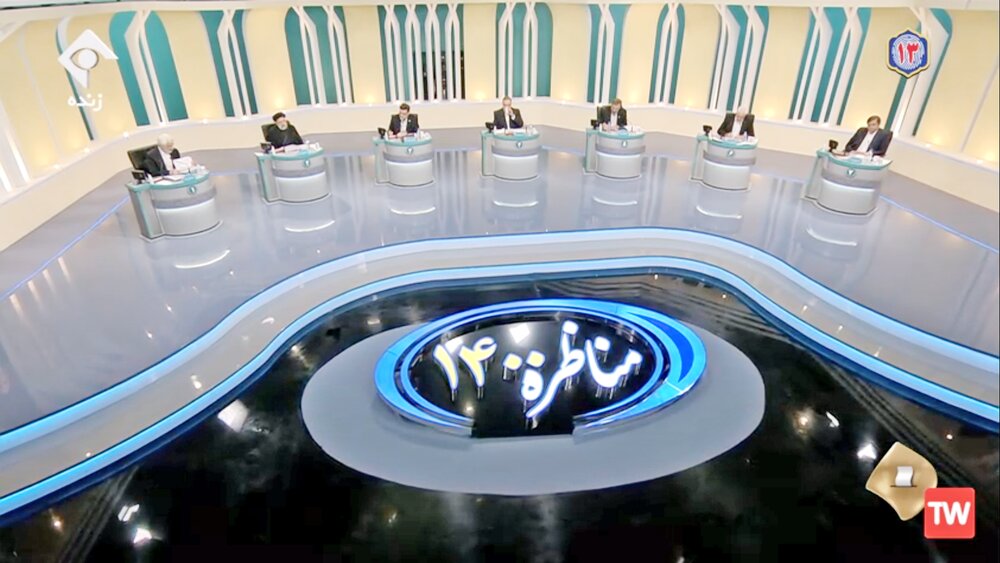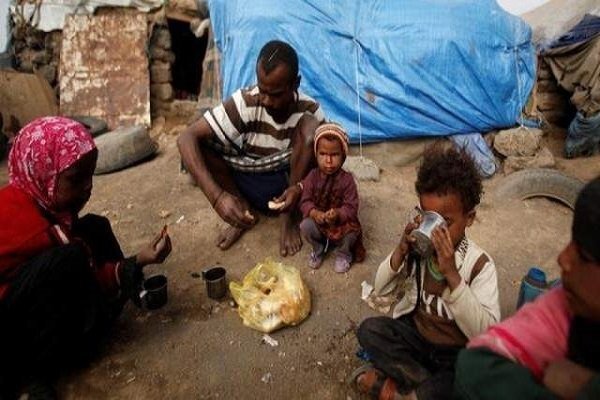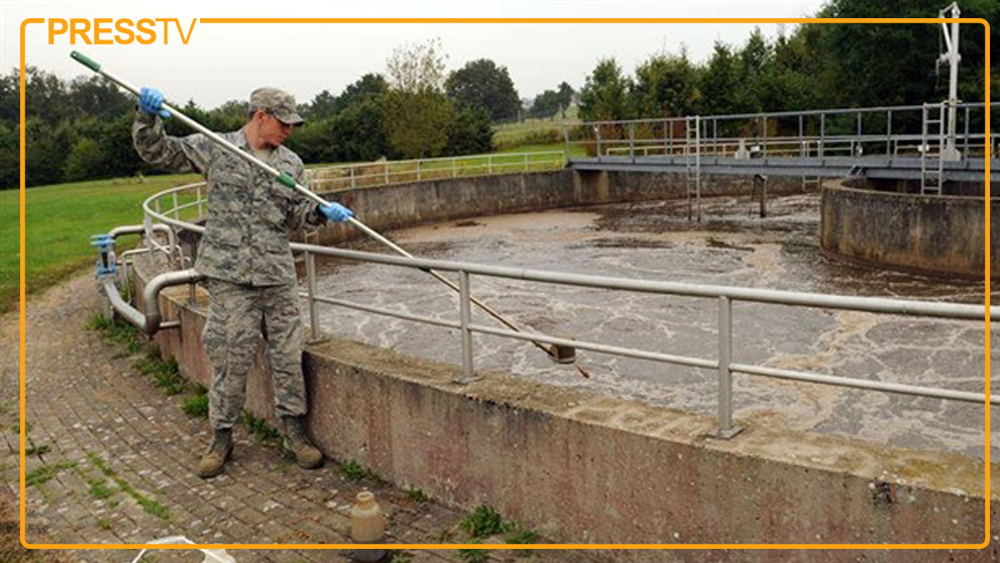Iran and Russia Eye $10b Trade Target Amid Strengthening Economic Ties
TEHRAN (Iran News) At a joint meeting in Moscow with Sergey Katyrin, President of the Russian Chamber of Commerce and Industry, Hasanzadeh emphasized the need to overcome financial obstacles, enhance transactions using national currencies, and create stable and reliable financial pathways to achieve a leap in bilateral trade.
Hasanzadeh outlined several strategic initiatives to support this vision, including: Utilizing the EAEU Free Trade Agreement effectively through harmonized customs procedures and resolving disputes related to certificates of origin; Banking facilitation through currency exchange reform and secure financial routes; Upgrading transport infrastructure, including modernization of rail and maritime fleets; Expanding economic diplomacy within multilateral frameworks such as BRICS and the Shanghai Cooperation Organization (SCO); and streamlining visa issuance and removing bureaucratic trade barriers through the support of the Russian Chamber of Commerce.
Hasanzadeh also highlighted Iran’s readiness to expand commercial cooperation through joint committees, investment funds, joint industrial and petrochemical projects, and agricultural development programs, stressing that success requires coordinated action from both governments and private sectors.
Ghadir Ghiyafeh, Vice President of Iran’s Chamber of Commerce, noted that while Iran-Russia relations have not reached their full potential, the current geopolitical climate presents new opportunities for growth. He underscored Iran’s capabilities in various sectors and mentioned that some Iranian products even surpass their European counterparts in quality.
He pointed to successful exports such as steel and industrial catalysts used in Russian urea and ammonia plants. Ghiyafeh emphasized the importance of professional engagement, continuous presence in trade events, and close relationships with Russian consumers to deepen commercial ties.
“Our target is to increase trade volume between Iran and Russia to $10 billion over the next 10 years,” he concluded.
Kazem Jalali, Iran’s Ambassador to Russia, noted that with the recent enforcement of the EAEU Free Trade Agreement on May 15, political conditions are favorable for economic expansion. He also confirmed that several banking and logistics issues between the two countries are in the process of being resolved.
Jalali emphasized the key role of chambers of commerce and joint trade councils in bridging the knowledge gap between the private sectors of both nations. He proposed that the heads of Iran and Russia’s chambers of commerce meet annually to maintain momentum.
Sergey Katyrin reported a 16% increase in trade volume between Iran and Russia over the past year, attributing it to active entrepreneurial efforts and regular bilateral exchanges. He affirmed his chamber’s support for provincial-level trade development and welcomed the idea of easing visa issuance for Iranian traders.
Katyrin noted that his chamber is working closely with Russia’s Ministry of Foreign Affairs to facilitate trade and mobility for Iranian businesses.
Leonid Lozhchenko, Chairman of the Russia-Iran Business Council, confirmed that following the signing of a 20-year strategic agreement between the two nations, there has been a significant increase in joint activities—including 25 business meetings and over 3,000 B2B sessions involving Iranian traders. He stated that small and medium-sized enterprises (SMEs) have played a notable role in this expansion, with agriculture being a key sector of trade growth.
The meetings signal a renewed commitment to strengthening the economic alliance between Tehran and Moscow, fueled by long-term strategic cooperation and the shared goal of deeper integration within the Eurasian economic framework.
- source : IRAN NEWS ECONOMIC DESK






























